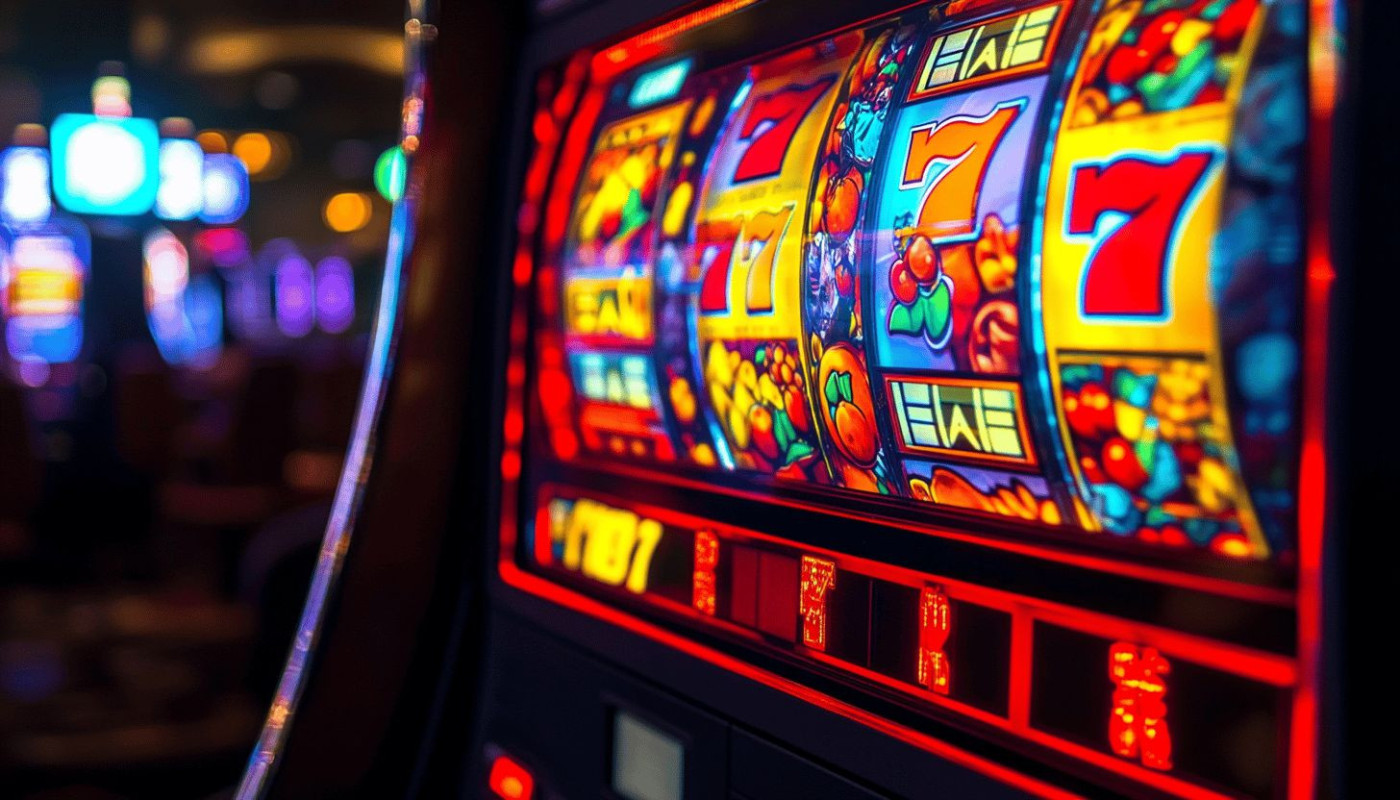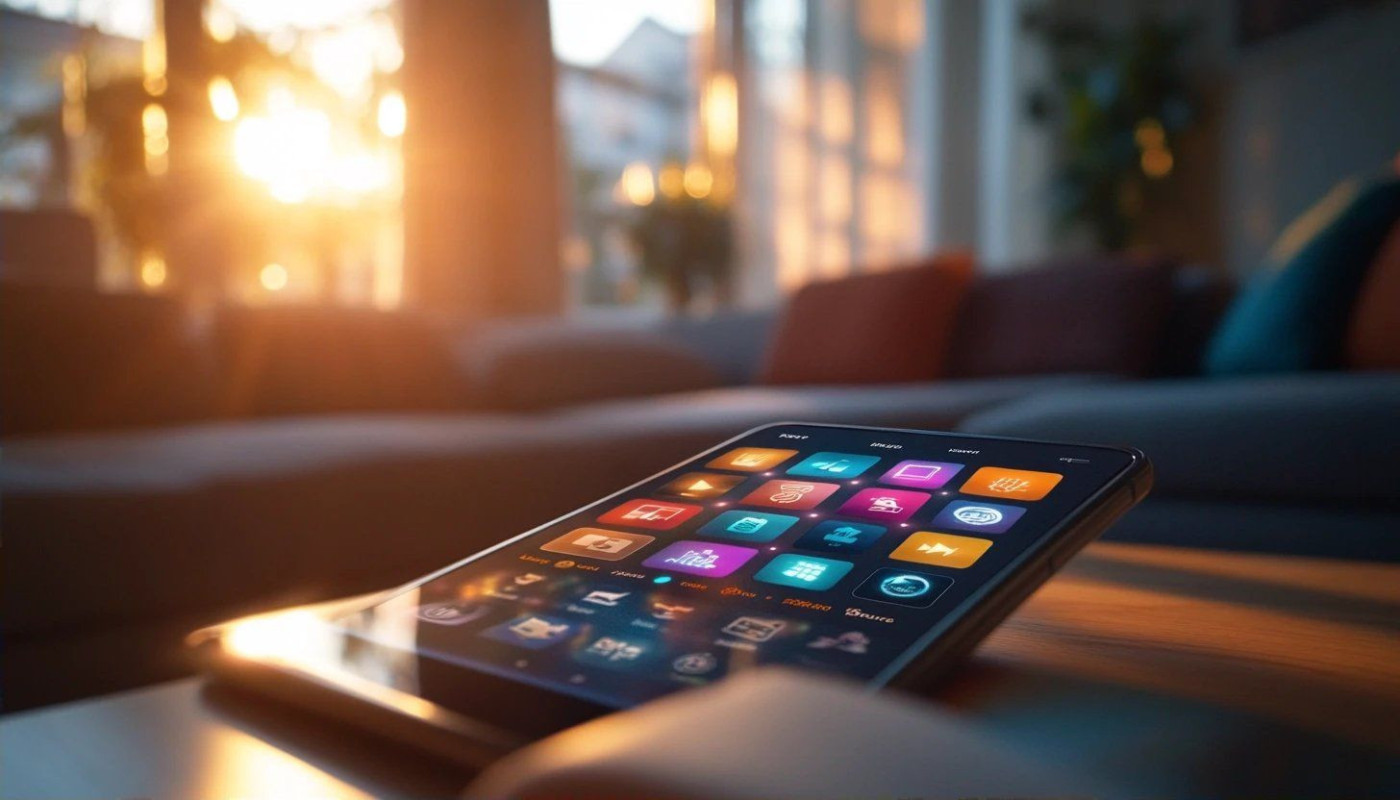Table of contents
In an era where the boundaries of creativity are constantly being pushed, generative artificial intelligence stands at the forefront of a remarkable transformation within creative industries. This emergent technology has begun to redefine what is possible, offering an unprecedented fusion of computational power and artistic potential. As we delve into the impact of generative AI, we uncover a landscape where creative processes are being reshaped and the very nature of artistry is evolving. Join us in exploring how this innovative force is revolutionizing the way we think about and create art, design, and entertainment.
Revolutionizing Design and Visualization
The advent of generative AI is heralding a new era in creative industries, profoundly impacting the way visual content is conceived and produced. In graphic design, AI-driven visualization tools are enabling designers to transcend traditional limitations, giving rise to a new genre of generative design that fuses human creativity with the computational power of neural networks. These advanced algorithms are not only automating routine tasks but are also generating unique, intricate patterns and layouts that push the boundaries of conventional aesthetics.
In the realm of architecture, generative AI is facilitating architectural innovation by allowing architects to explore a vast landscape of design possibilities. By processing extensive data sets and iterative modeling, AI systems are assisting in creating more efficient, sustainable, and contextually relevant designs. This creative automation is transforming the architectural landscape, enabling the rapid prototyping of structures and the visualization of complex architectural forms with an unprecedented level of detail.
The visual media revolution is another testament to the transformative power of generative AI. Film and video game industries are increasingly leveraging AI to create realistic environments, character animations, and visual effects. The seamless integration of AI into the creative workflow is not only accelerating production timelines but is also unlocking new storytelling techniques that captivate audiences in ways previously unimaginable.
The impact of these technologies is so significant that industry professionals and enthusiasts are constantly seeking insight and updates on these advancements. For those who wish to review the latest developments and explore in-depth analyses of how generative AI is reshaping creative industries, resources are increasingly becoming available. Engaging with these resources is indispensable for anyone aspiring to remain at the forefront of the intersection between technology and creativity.
Changing the Landscape of Music and Sound Production
The incursion of generative AI into the music and audio industries has been nothing short of revolutionary. With the advent of AI music composition, artists and producers are finding innovative ways to craft sounds and melodies that push the boundaries of traditional music-making. Machine learning algorithms have become the backbone of this transformation, enabling computational creativity to blossom in spaces once dominated by human expertise alone. From the intricate process of sound synthesis, which breathes life into new and unique auditory experiences, to the sophisticated realm of algorithmic songwriting, AI is empowering creatives to explore uncharted musical territories.
Moreover, audio mastering AI is democratizing the post-production process, offering both seasoned and aspiring musicians access to high-quality sound engineering. This technology meticulously analyzes and optimizes audio tracks, ensuring professional standards are met without the need for extensive studio resources. As AI continues to evolve, its role in music and sound production is solidifying, heralding a new era where technology and artistry converge, thus reshaping the very fabric of the creative industries.
Transforming Literary and Written Content Creation
The advent of generative AI has revolutionized the domain of literary and written content creation, offering unprecedented tools that are reshaping the very framework of digital authorship. AI content generation, powered by sophisticated language processing AI, has become an invaluable ally to professionals and hobbyists alike. These advanced creative writing algorithms can spark creativity by suggesting ideas and weaving narrative threads that might have otherwise remained unexplored. For instance, automated storytelling programs are now capable of generating entire plot outlines or character profiles, providing a rich soil from which human writers can cultivate their stories.
At the heart of these developments is natural language processing, a technical term that refers to the AI's ability to understand, interpret, and generate human language. This technology underpins the efficacy of AI tools in emulating the nuances of human-written text, allowing for seamless integration of AI-generated content with human creativity. By taking on the laborious task of drafting and refining prose, AI enables writers to devote additional attention to the intricacies of plot and character development, or to the refinement of thematic elements within their work.
While some might fear the implications of AI in the arts, a digital content strategist or an AI ethicist specializing in AI-generated content would argue that these innovations are not about replacing human creativity but augmenting it. By automating certain aspects of the writing process, AI allows writers to push the boundaries of traditional storytelling and explore new narrative possibilities. The impact of generative AI on the creative industries is undeniable, and it continues to provide a fertile ground for discussion regarding the future of human expression in the digital age.
Reimagining Film and Animation Production
The advent of generative AI has brought about a seismic shift in the film and animation industries. Utilizing advanced algorithms, notably generative adversarial networks, AI is now at the forefront of creative storytelling, revolutionizing the way narratives are visualized and brought to life. In the realm of AI in filmmaking, directors and producers are increasingly employing AI-generated storyboards to rapidly conceptualize and iterate scenes, enabling a more efficient and dynamic planning process. The innovation extends to automatic animation, where AI assists in animating complex scenes, reducing the workload on human animators and accelerating production timelines. Perhaps the most visually striking application is CGI character creation, wherein AI crafts hyper-realistic characters that challenge the uncanny valley. These AI visual effects are not only enhancing the visual fidelity of films and animations but also democratizing the creative process, allowing smaller studios to compete with larger, well-funded organizations. The digital animator, wielding expertise in AI technologies, has now become an indispensable asset in an industry that is ever-evolving and increasingly reliant on the synergy between human creativity and machine intelligence.
Boosting Marketing and Advertising Innovation
The advent of generative AI is revolutionizing the realm of marketing and advertising, providing tools for companies to deliver personalized marketing content that resonates with individual consumer preferences. By utilizing AI-driven advertising, brands are now able to craft messages that are more relevant and engaging to their target audience. The integration of ad campaign automation streamlines the process, enabling the seamless execution of complex strategies with efficiency and reduced manual input. This automation not only saves time but also increases the accuracy and consistency of ad campaigns across multiple platforms.
In addition to personalization and automation, generative AI plays a pivotal role in consumer behavior prediction. Predictive analytics, a technical term that refers to the use of data, statistical algorithms, and machine learning techniques to identify the likelihood of future outcomes based on historical data, is a key component of this process. This allows for more informed decision-making and the ability to anticipate market trends before they fully develop. By leveraging these insights, businesses can create creative ad solutions that are not only innovative but also incredibly effective in capturing the attention of consumers and driving engagement. A marketing executive or strategist with expertise in harnessing AI within the advertising sector would be well-placed to provide authoritative insights on these transformative trends.
On the same subject

Maximizing Wins: Strategic Betting Techniques In Online Slots

How To Instantly Buy Digital Entertainment Products With Mobile Billing?

How AI-powered Tools Are Shaping The Future Of Digital Art Creation

Exploring The Impact Of Zero Processing Fees On Nonprofit Fundraising

Exploring The Benefits Of Free Online AI Conversational Models

